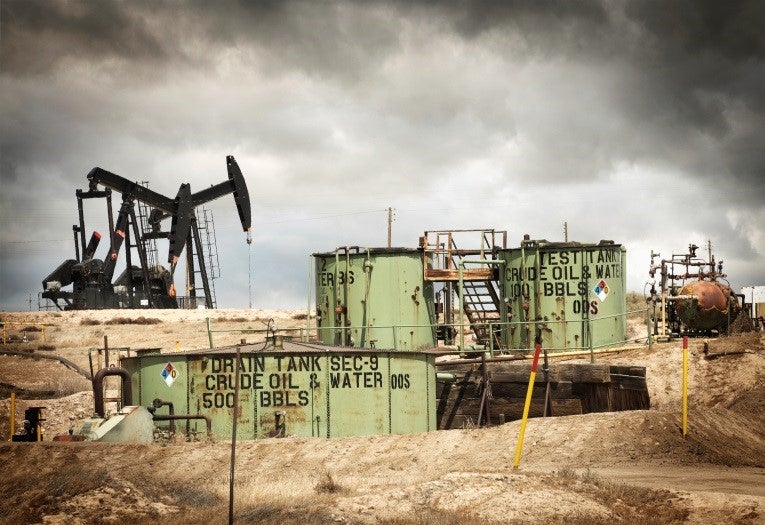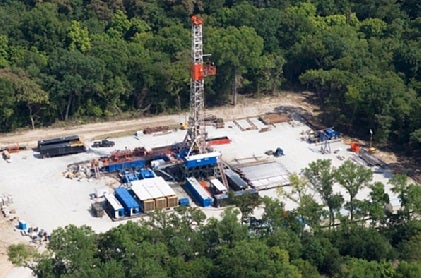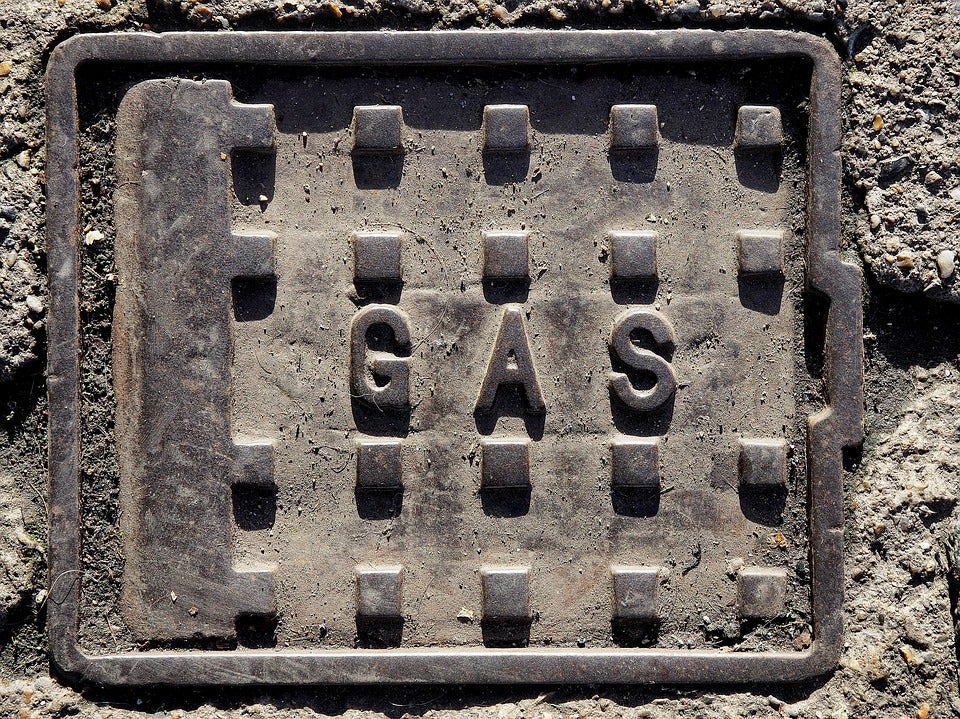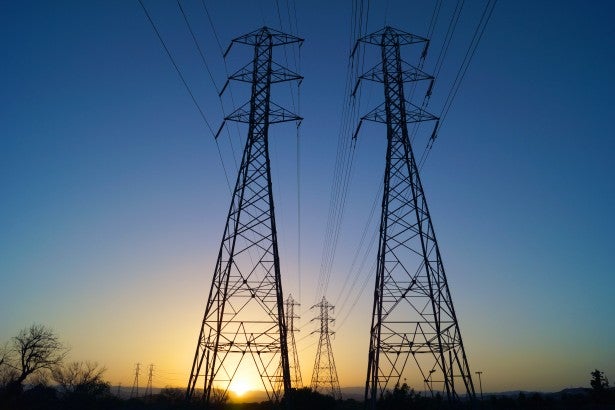The engineers and scientists who study the oil and gas industry’s wastewater know the term “beneficial reuse” well. It’s the seldom-used technique of taking wastewater produced from an oil or gas well, treating it, and then using it for other purposes — like watering crops (including organic crops) or feeding livestock. It’s a rare practice that drought-stricken areas like California have used for a number of years, although little is known about associated health or safety risks since, usually, about 98% of wastewater is injected into disposal wells deep underground. However, as demands for water increase, and concerns about disposal wells (which have been linked to earthquakes) rise, beneficial reuse is being considered as a viable option.
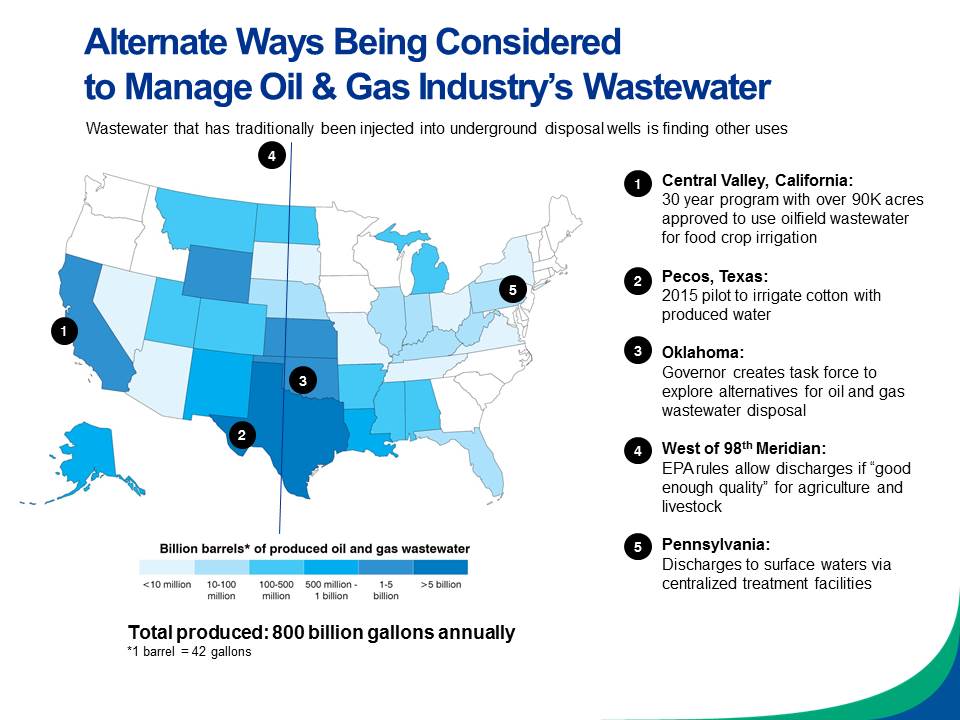
But just because we can use wastewater for other purposes – does that mean we should? Read More










